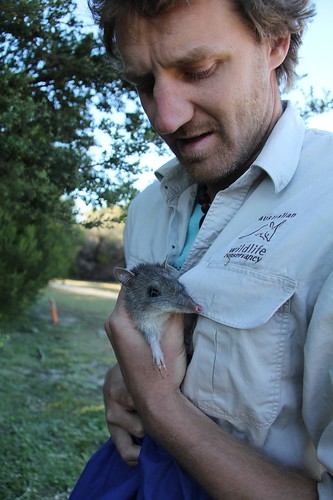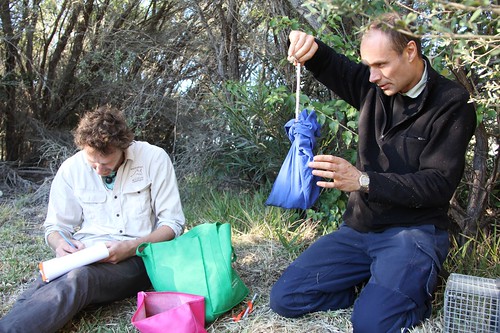[iframe src=”http://player.vimeo.com/video/47432603″ width=”100%” height=”480″]
Category Archives: Residency 1: North Heads Sydney
AWC North Heads Video: Reflections on Arts-Science
Certificated :)
Two science papers – North Heads Residency
These two papers shed some light on the challenges faced at North Heads.
From the abstracts ..
The use of Population Viability Indices in making long-sighted urban conservation decisions.
banks2004_AustZool Pop viability analysis
Although remarkably adaptable in its reproductive and dietary strategies, this population of long-nosed bandicoots is likely to follow other urban bandicoot populations toward extinction unless there is active management to reduce the high rate of mortality from motor vehicles and introduced predators.
Scott et al 99 Ecology and pop biology of P.nasuta at nth head
Residency1: Working at North Heads With the Ecologist Team, May 2012
The first residency, 2.5 weeks, was at North Heads Sydney – a combined AWC/North Heads/NSW Parks and Wildlife arrangement – an extraordinary piece of remnant Eastern Suburbs Sydney banksia scrrb on the very edge of Manly – a brisk cycle ride up the hill, past the hospital and into the old military facility that had, as is ironically the case, been the great local conservationist.

Long Nosed Bandicoot, The Re-introduction Project, ANAT-Synapse Residency (Photo Keith Armstrong, Courtesy of AWC)
Sandwiched in, a remnant piece of vegetation, the long resident population of Long nosed Bandicoots are highly vulnerable and therefore closely protected through a range of conservation, protection and scientific monitoring schemes – spearheaded by the AWC in collaboration with NSW P&W.
Cameron Radford was the extremely genial ecologist in charge and my role in part during the two weeks was to assist in the bi-yearly bandicoot survey. In line with the potent water cooler affect of being on site, working with a team when things were running hot there were ample opportunities to share conversations with the groups of ecologists, trainees, wildlife workers and others gathered to help at that peak time. The photos below tell much of the story – as does the Flickr photo stream in more detail.

Caeron Radford & Long Nosed Bandicoot, The Re-introduction Project, ANAT-Synapse Residency (Photo Keith Armstrong, Courtesy of AWC)
Suffice to say, following my prior experiences at AWC Scotia, I was able to help set traps, bait, clear and process animals with at least some degree of usefulness, enter paperwork and also for the first time personally participate in radio tracking of animals.

Artist Weighing Long Nosed Bandicoot, The Re-introduction Project, ANAT-Synapse Residency (Photo Keith Armstrong, Courtesy of AWC)
The process was spread over two weeks and required some early morning runs (up at 4.15am anyone?) to start before dawn – reason being ‘coots in traps arent keen on hanging around in them long long after dawn – so our job was to get them cleared as fast as possible in line with the project’s ethics clearances – along with the bycatch of several possums, some birds and a fair number of rats – some reintroduced natives, many the common black.





